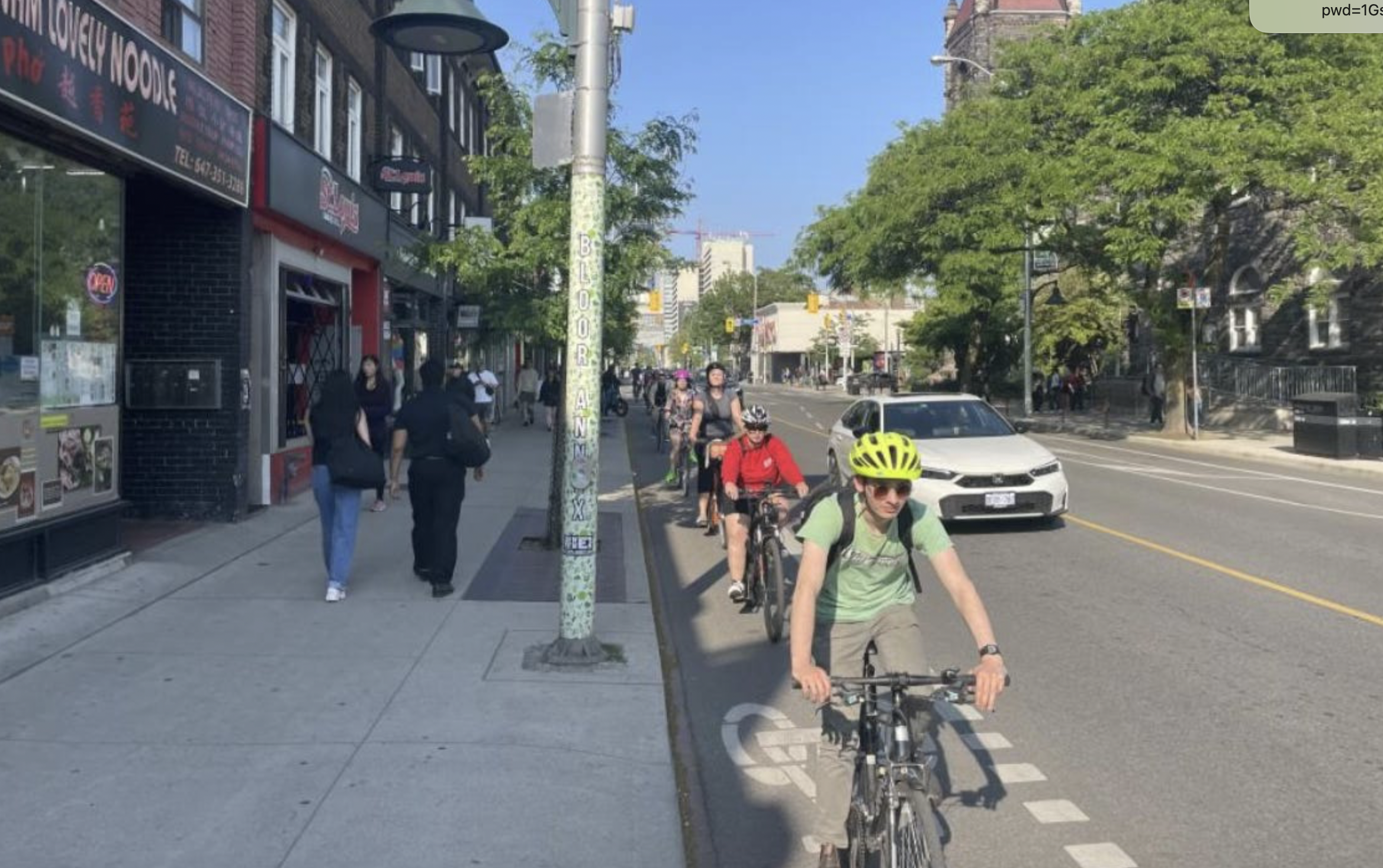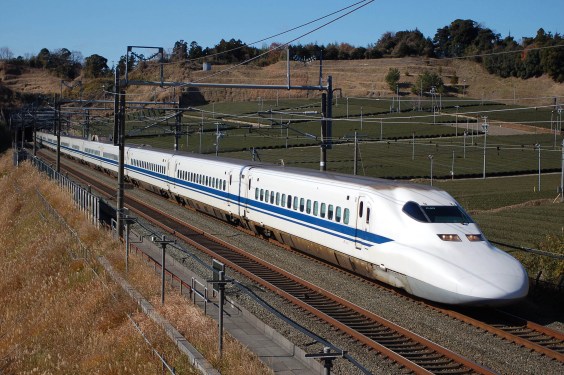Big announcement yesterday out of Chicago: Mayor Rahm Emanuel is moving ahead with a system of priority busways between Union Station and Navy Pier. The "Central Area Transitway" will include dedicated bus lanes, signal priority for transit vehicles, and frequent service during rush hour, improving trips for riders on several different bus routes.
The $32 million plan has some limitations, says Yonah Freemark at the Transport Politic. For example, it makes a tourist destination --Navy Pier -- its terminus, limiting its usefulness to commuters, and bus riders will save only about 1.1 minutes on trips between Union Station and Michigan Avenue. But Chicago is laying the groundwork for something bigger and giving residents more options at the same time, and that's exciting news, Freemark says:
If the CTA designs signage well enough, customers attempting to make the trip from Oglivie Transportation Center — another commuter rail station — to Millennium Park would have six services to choose from, offering fantastic headways of one minute at peak and two minutes off-peak. But the city will have to be careful not to place too much emphasis on the “Central Area Transitway” brand that it will give to the bus that runs the full route from Union Station to Navy Pier, because the most important element of this improvement project is its provision of minor improvements to many bus lines, not just a single one. It should be clear to customers that if they want to take a certain trip, they have several options.
Under Mayor Rahm Emanuel’s leadership, Chicago is taking an incremental approach to the improvement of public transportation in the city, steering away from the mega-fantasies of the Daley era. The CTA is already planning to invest in similar bus priority improvements on Jeffery Boulevard in the South Side for the #14 bus and along the north-south spine of Western Avenue as part of a citywide BRT plan that would fill in the gaps missing from inadequate rail service in certain areas. Slowly but surely, the city’s bus lines are scheduled for improvement.
Yet the city’s bigger ambitions remain apparent. In the application for the federal urban circulator grant in 2010, the city included the following map, documenting potential new transit routes for the center city along dedicated rights-of-way, clearly modeled after the improvements suggested by the 2009 Central Area Action Plan, which proposed light rail lines on the Carroll, Clinton, Monroe, and Lakefront Corridors. They would either be placed underground or along dedicated transit routes, like the McCormick Center busway (for the Lakefront route).
Elsewhere on the Network today: Los Alamos Bikes considers the news that the League of American Bicyclists, Bikes Belong and the Alliance for Biking and Walking are considering a merger. Car Free Baltimore reviews some of the best strategies for minimizing injuries to pedestrians and cyclists at arterial roadways -- where traffic injuries are most common. And Second Avenue Sagas explores how the House transportation bill would damage New York City's transit system.






